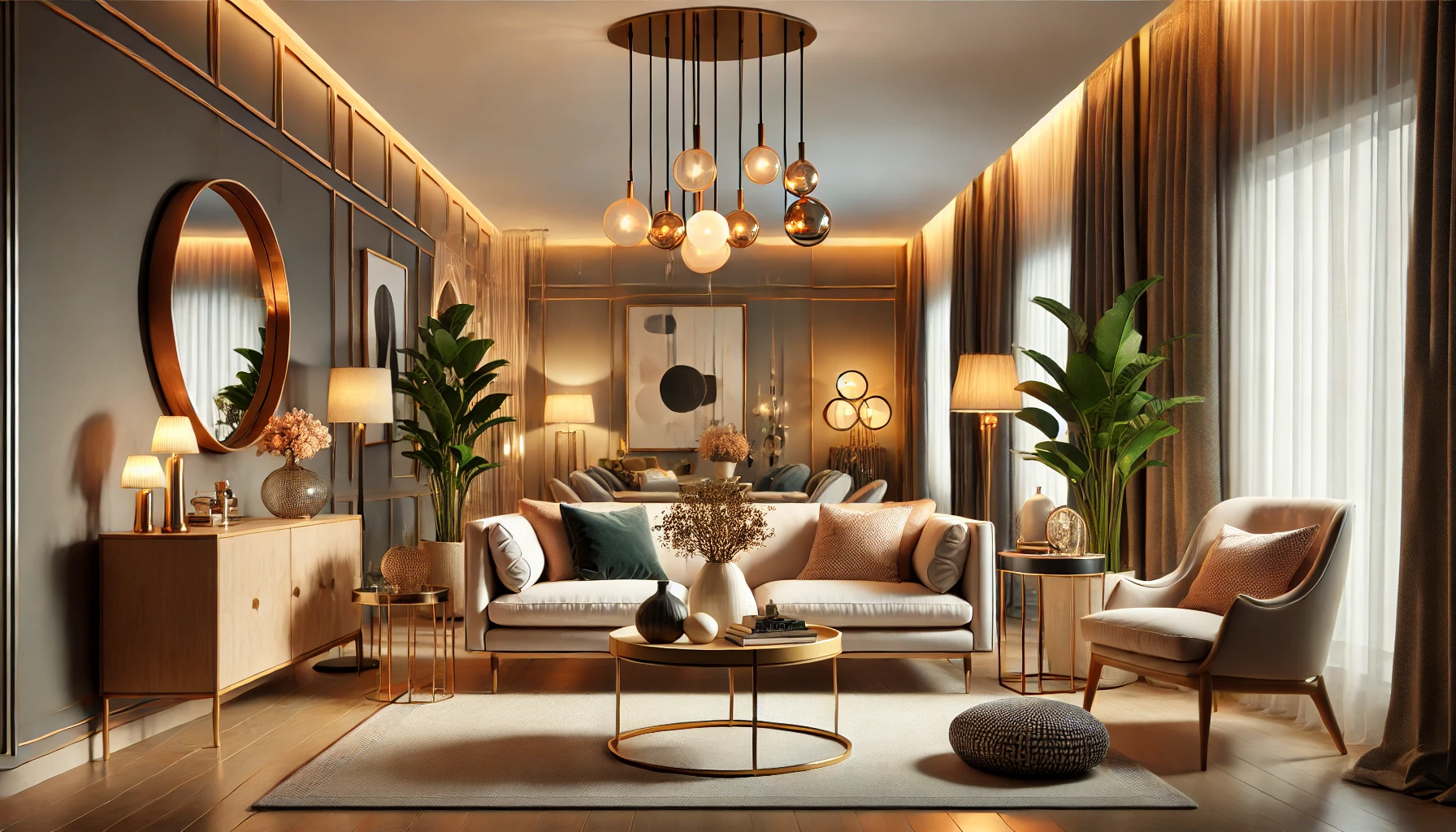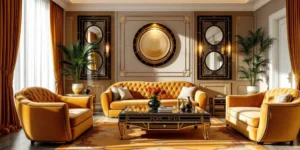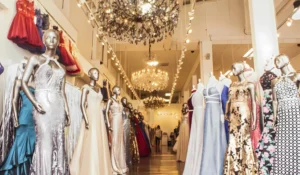Art Deco Furniture: A Timeless Statement of Elegance and Luxury?
Introduction
Art Deco furniture is a hallmark of sophistication, characterized by bold geometric patterns, luxurious materials, and sleek, modern designs. Emerging in the 1920s and flourishing through the 1930s, this style represents an era of glamour and innovation. Today, Art Deco furniture remains a sought-after choice for interior designers and homeowners who appreciate its timeless elegance and unique aesthetic. In this article, we will explore the history, key features, materials, and modern applications of Art Deco furniture, as well as tips on how to incorporate it into contemporary interiors.
The History of Art Deco Furniture
Art Deco, short for Arts Décoratifs, originated in France during the early 20th century and gained international popularity after the 1925 Exposition Internationale des Arts Décoratifs et Industriels Modernes in Paris. This movement was a reaction to the Art Nouveau style, emphasizing symmetry, bold geometric patterns, and luxurious materials.
During the roaring 1920s and early 1930s, Art Deco furniture became synonymous with opulence, often found in high-end hotels, ocean liners, and luxury residences. The design aesthetic was heavily influenced by various artistic movements, including Cubism, Futurism, and Bauhaus, which emphasized modernity, functionality, and elegance.
Key Features of Art Deco Furniture
Geometric Shapes and Patterns
Art Deco furniture is renowned for its structured, symmetrical designs. Rectangular, circular, and angular motifs are commonly used, often featuring zigzags, chevrons, and stepped forms.
Luxurious Materials
The use of high-end materials is a defining characteristic of Art Deco furniture. Popular materials include:
- Exotic woods like ebony, walnut, and rosewood
- Chrome, stainless steel, and glass for a modern touch
- Lacquered finishes for a polished and glossy look
- Inlays of ivory, mother-of-pearl, and tortoiseshell
Bold Colors and Contrasts
Art Deco furniture often features bold color schemes, with deep hues such as black, gold, silver, navy blue, and emerald green. Contrasting elements, such as light and dark woods, or metallic finishes against rich fabrics, create a striking visual appeal.
Streamlined and Sleek Designs
Unlike the ornate detailing of previous styles, Art Deco furniture embraces clean lines and smooth surfaces. It often integrates curvilinear forms, tapered legs, and aerodynamic shapes, exuding both elegance and modernity.
Symmetry and Balance
Symmetry plays a crucial role in Art Deco design, ensuring that furniture pieces have a balanced and harmonious appearance. Paired furnishings, such as matching armchairs or bedside tables, reinforce this structured aesthetic.
Popular Art Deco Furniture Pieces
Art Deco Sofas and Chairs
- These pieces often feature rounded edges, plush upholstery, and geometric detailing.
- Materials like velvet and leather enhance their luxurious feel.
Cabinets and Sideboards
- Typically designed with lacquered finishes and intricate inlays.
- Often adorned with stepped motifs and metal accents.
Coffee Tables and Console Tables
- Designed with glass tops and metallic bases, emphasizing sleek and reflective surfaces.
- Frequently feature geometric patterns and streamlined silhouettes.
Lighting Fixtures
- Chandeliers, table lamps, and floor lamps in Art Deco style often include tiered designs, frosted glass, and metallic elements like chrome or brass.
Bedroom and Dining Room Sets
- Dressers, vanities, and beds often showcase high-gloss finishes and symmetrical compositions.
- Dining tables typically have pedestal bases and are complemented by upholstered dining chairs.
How to Incorporate Art Deco Furniture into Modern Interiors
Mix Vintage with Contemporary
Pairing Art Deco furniture with modern minimalist pieces can create a balanced and sophisticated interior. For instance, a streamlined Art Deco console table can enhance a contemporary hallway.
Use Statement Pieces
One or two Art Deco statement pieces, such as a bold coffee table or an elegant sideboard, can instantly elevate the aesthetic of a space.
Embrace Luxurious Fabrics
Incorporating velvet, silk, or leather upholstery into seating arrangements can enhance the richness of an Art Deco-inspired space.
Incorporate Metallic Accents
Gold, chrome, and brass accents in furniture, lighting fixtures, and accessories add to the lavish feel of Art Deco interiors.
Play with Bold Colors and Patterns
Consider adding deep hues such as navy, emerald, or burgundy to walls, rugs, or accent pieces to complement Art Deco furnishings.
The Revival of Art Deco Furniture in Modern Design
Art Deco furniture has seen a resurgence in popularity in recent years, as designers and homeowners seek timeless yet luxurious styles. The movement aligns well with contemporary preferences for bold yet elegant interiors, high-quality craftsmanship, and sustainability.
With advancements in manufacturing techniques, modern Art Deco-inspired furniture incorporates innovative materials while maintaining the original movement’s essence. This fusion of old and new makes Art Deco a versatile choice for those looking to add character and refinement to their homes.
Conclusion
Art Deco furniture remains a symbol of elegance, luxury, and innovation. Its striking geometric patterns, high-end materials, and timeless designs continue to inspire interior designers and homeowners alike. Whether incorporated as statement pieces or through a full room transformation, Art Deco furniture offers a perfect blend of historical charm and contemporary sophistication.
You may also read: Art Garfunkel Net Worth: A Deep Dive into the Iconic Singer’s Wealth?











